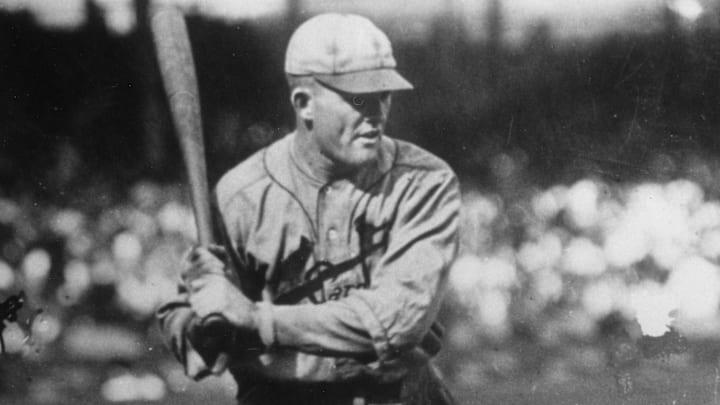3. Frankie Frisch
We've now surged into the Hall of Famer portion of the rankings, a major step up as we reach the top three. Acquired from the New York Giants in December of 1926 in exchange for a player we'll discuss in depth later in this article, Frankie Frisch is known not only as a HOF-caliber player but also for the numerous contemporaries he helped join him in Cooperstown.
Setting aside his cronyism, Frisch was a terrific ballplayer during his time in New York, and he demonstrated his continued excellence in St. Louis by finishing second in MVP voting during his first season with the team. Frisch's 208 hits and .337 batting average would have been quite eye-catching in 1927, even if his 10 homers and 78 RBI seem rather pedestrian. He also crossed the plate 112 times and led the majors with 48 stolen bases.
Demonstrating just how different value was viewed back then, in 1931 Frisch captured the MVP award with .311-10-114 Triple Crown numbers, along with 121 runs scored and a league-leading 28 steals. He received MVP votes in five other seasons and received All-Star recognition the first three years the Midsummer Classic existed, 1933-'35.
Overall, Frisch hit .312/.370/.423 as a Cardinal, with 51 homers, 720 RBI, 831 runs scored, and 195 stolen bases in 1311 games. Adding in his Giants tenure makes him obviously worthy of his place in Cooperstown, but since we're just considering time with the Cardinals, Frisch is edged out in these rankings by two other players.
